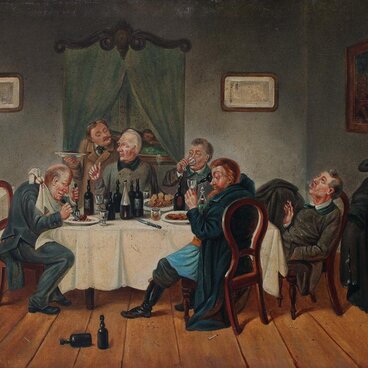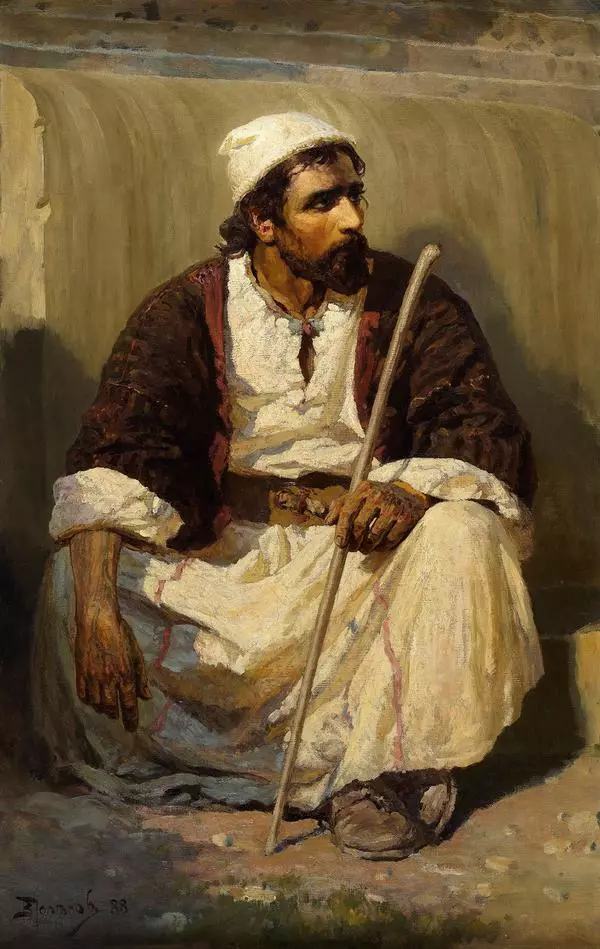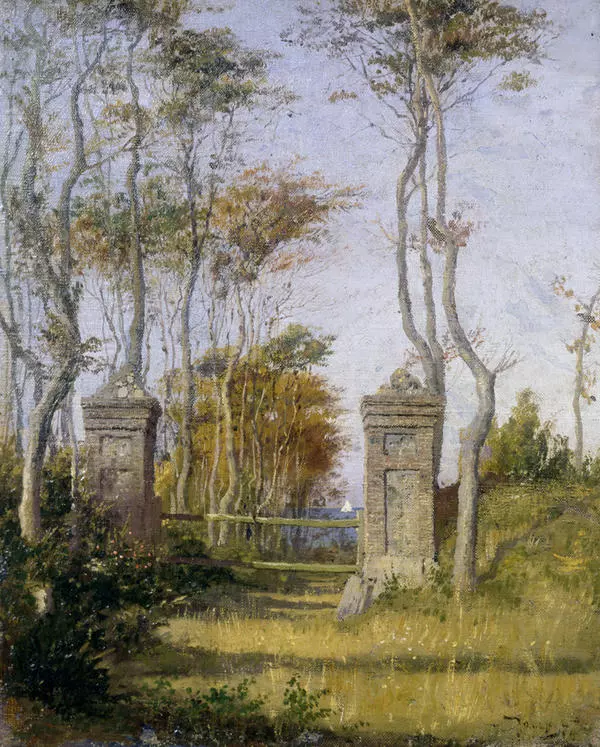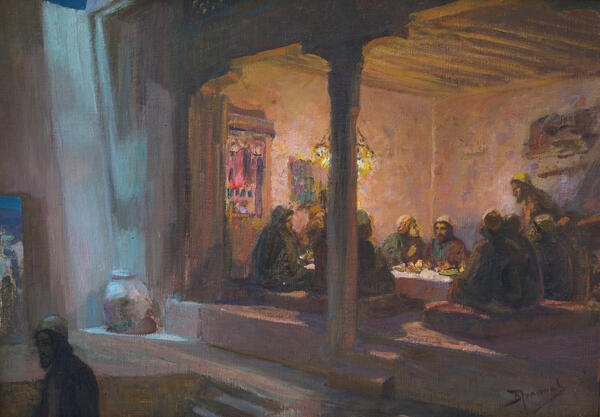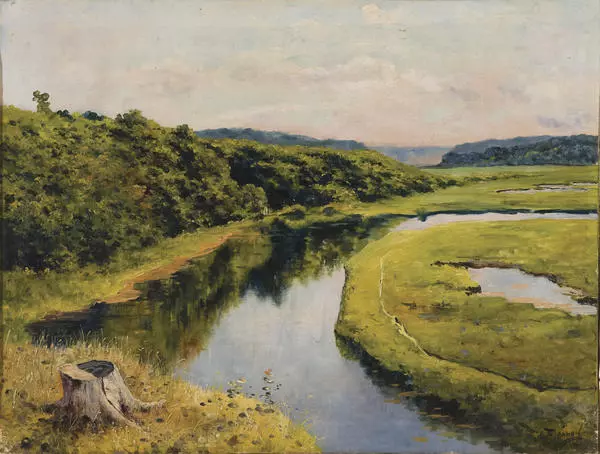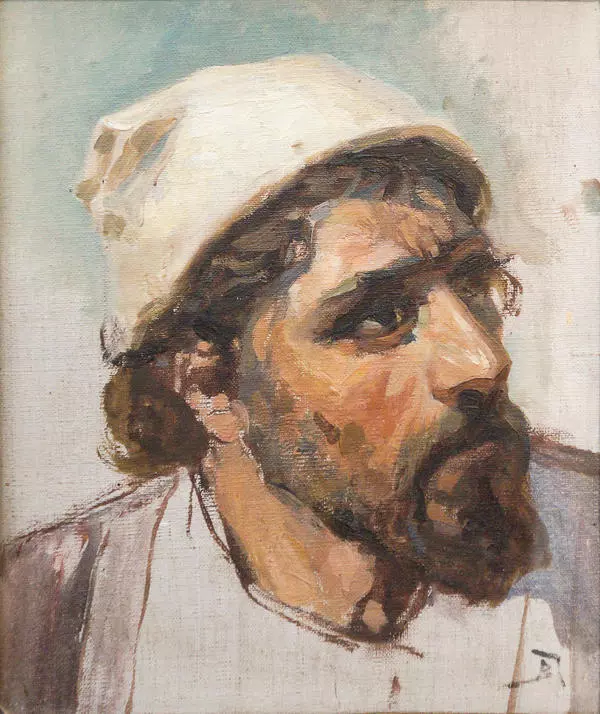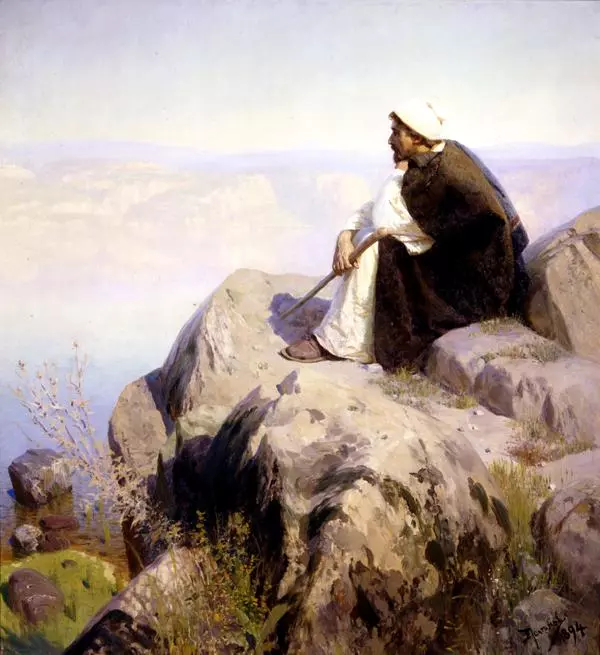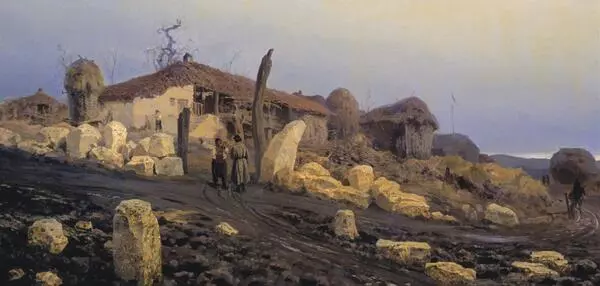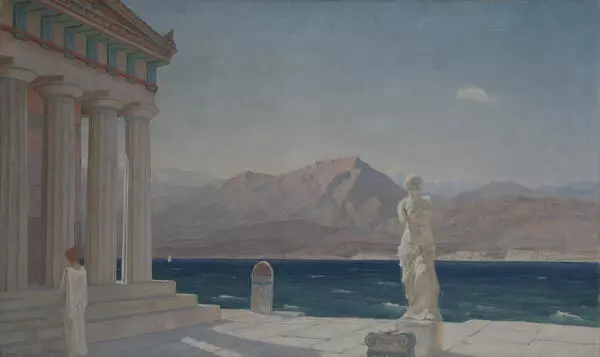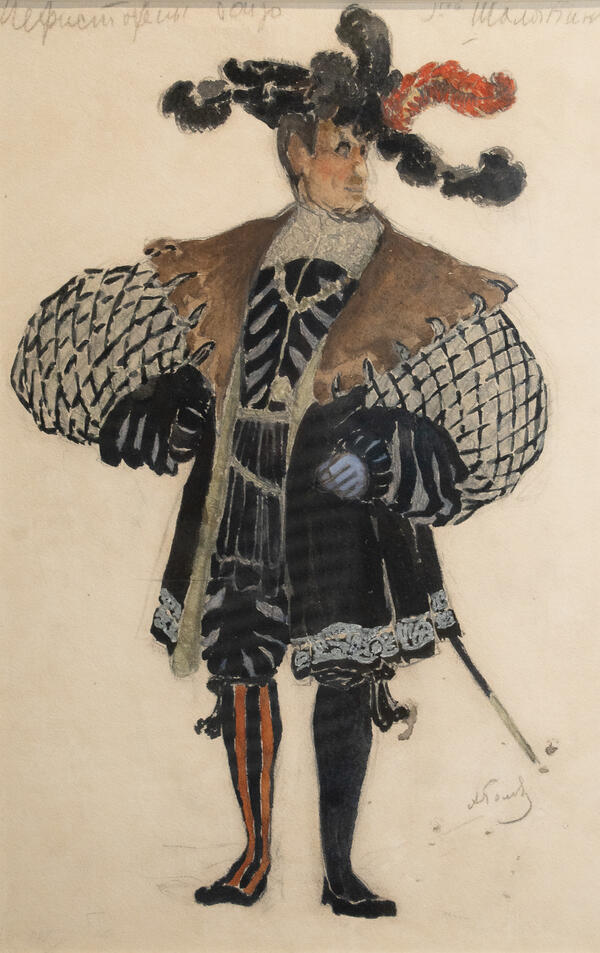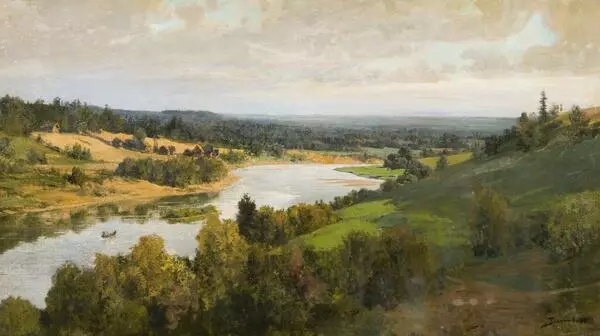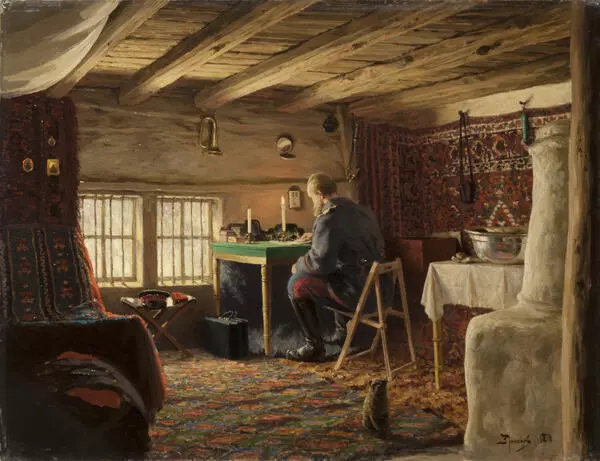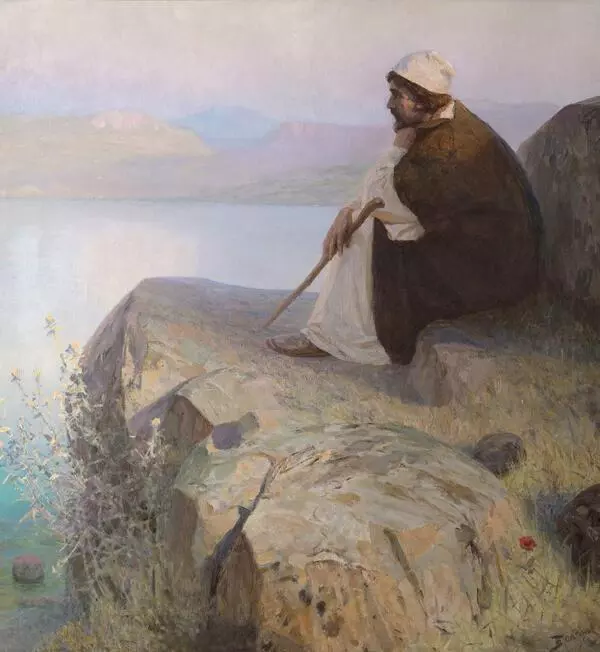The painter Vasily Dmitrievich Polenov dreamed of owning a house in the countryside for many years. In 1887, while traveling, he saw the beauty of the Oka River from the window of a train, and the “wonderful places near Serpukhov and beyond”. This was when he decided to settle there. In May 1889, Vasily Polenov returned to the Oka together with his student Konstantin Korovin. Later, he purchased a small estate in Bekhovo, Aleksinsky District of the Tula Governorate, near Tarusa.
Vasily Polenov designed and built a house with studios for his artist friends in a quiet place in the pine forest, away from the village. There, he taught local children how to draw and paint. The estate was called Borok because the Russian word “bor” means “a pine forest”, and the foot of the nearby hill was covered with a young coniferous forest. The artist rarely left his estate after 1890. He said that he had found “the only place he had dreamed of”, the nature which was “healing” for him and became an endless source of creative inspiration. Polenov was attracted by a high hill above the Oka, with a wonderful view of the river and the other bank.
Polenov lived on the banks of the Oka River for many years and never fell out of love with it. He was particularly inspired by the harmony of local nature. Many of his later landscapes featured the motif of the river, flowing slowly into the distance amid the boundless expanse of the Russian plain. He captured the Oka at various times of the year and in various states, creating such paintings as “Early Snow” (1891), “Summer on the Oka” (1893), “Golden Autumn” (1893), “Autumn on the Oka Near Tarusa” (1893), and many others.
The same motif can be found in the small painting
“River” from the Sevastopol collection. However, despite the external
similarity of these recurrent motifs, each of the painter’s landscapes is
different from the others. In some of the paintings, which are so different in
color palette and mood, nature seems calm and tender in the soft and gentle
sunlight, and in others — restrained and solemnly majestic. All the paintings
are united by the depiction of Vasily Polenov’s native land which the artist
loved deeply, expressing his feelings simply and clearly in his work.

